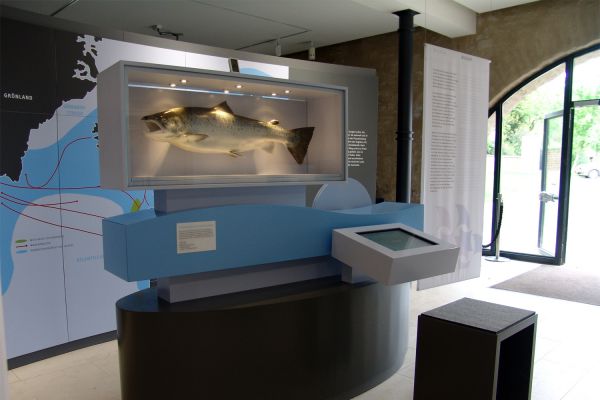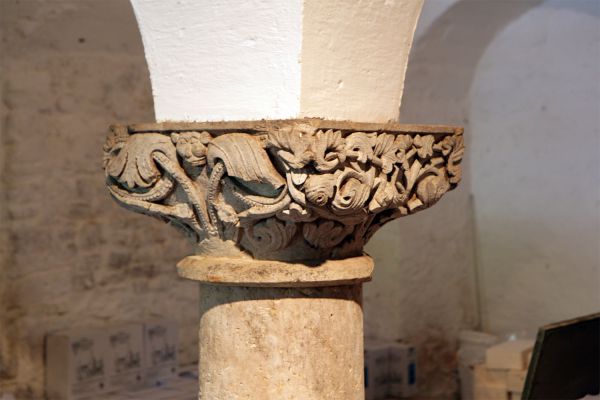Excursion destination and conference center - the Wöltingerode monastery estate
The monastery estate Wöltingerode is known and preferred as a destination for excursions as well as a conference center. The almost one-kilometer-long monastery wall, old tree stands, the lovingly tended green spaces and flower beds, and the well-preserved buildings give you a feeling of what monastic life must have been like in past centuries. On our monastery adventure trail and individual themed tours, we are happy to impart valuable knowledge about our monastery property and its history. But you can also just relax and enjoy the monastic idyll.
Most of the present buildings on our monastery estate date back to the period after 1676. After a fire, almost all the buildings were destroyed and had to be rebuilt. This lasted for about 100 years. The material used was a mottled sandstone (roe sandstone). This is a particularly hard stone quarried in the nearby Harlyberg. The rock is so hard that to this day there are hardly any traces of decay on the buildings.
The crypt. It once formed the center of the monastery. Its columns are over 800 years old. From its location, the monastery expanded in all directions. First followed the church. Initially constructed with a flat roof, the current shape – a typical Romanesque monastery with a central cloister – was created by adding superstructures and two transepts as well as a side wing. This is no longer so clearly visible today. The openings to the courtyard were provided with windows in order to use the monastery as a school. Above the crypt is the nuns’ gallery, where 150 nuns could participate in the service. Today it is used as a concert hall and is separated from the church.
The former mill building of the monastery now houses a salmon info center. It is open to you as a visitor to our monastery estate and features an educational exhibition on salmon and the attempts to reintroduce them to the Oker River. Under the project name “Okerlachs 2000”, an association of angling clubs, water maintenance associations and other organizations has been working since 1994 to ensure the success of this project.



Today’s monastery hotel is part of the historic cloister. It offers comfortable accommodation in single and double rooms. In addition, it is known and popular as a training and conference venue at the highest level.
Another building in the northern part of the monastery served as the seat of the administrator until 2014, when it was converted into an artists’ house with a gallery and studio. Since then, several artists from the region have exhibited their works there. The artists’ house operated at this location until the end of 2015. The idea moved on to another building on the monastery estate in early 2016, and the house is now once again the administrator’s residence.
The remaining buildings on the Wöltingerode monastery estate are convent and farm buildings and stables. Today, they are used as a warehouse, packing station for the shipment of spirits, as a leased stable for hobby riders, or partly as a prepared residential house for citizens with a connection to the monastery. They are mostly active or former employees of the monastery estate who live on the monastery estate itself.
The own agriculture
The Wöltingerode monastery estate has 360 hectares of agricultural land. Farming in modern times is run by only one man. From July to October distillers, distillers and artisans from the distillery work. Just for comprehension: Until the Second World War, 120 permanent staff were still cultivating the same areas, and in the harvest months another 240 or so seasonal workers were added.
Agriculture mainly supplies the monastery estate with its yields. Almost half of the area is devoted to wheat cultivation, the rest is shared by barley, rye and sugar beets.
Do you feel like getting a picture of it?
Visit our monastery estate and tour the monastery, distillery and barrel warehouse. You will receive exciting background knowledge about the production and storage of our noble compositions.
